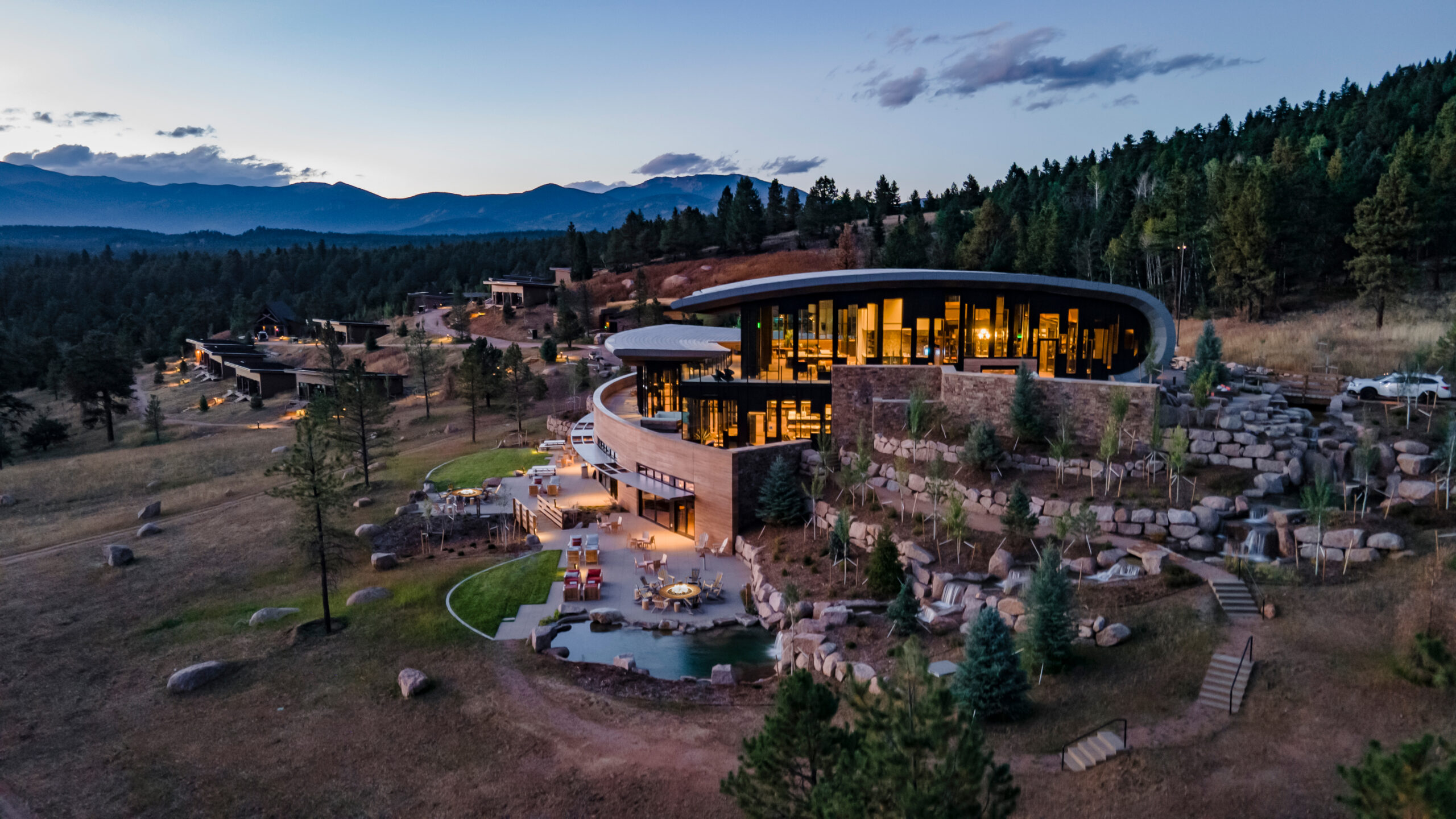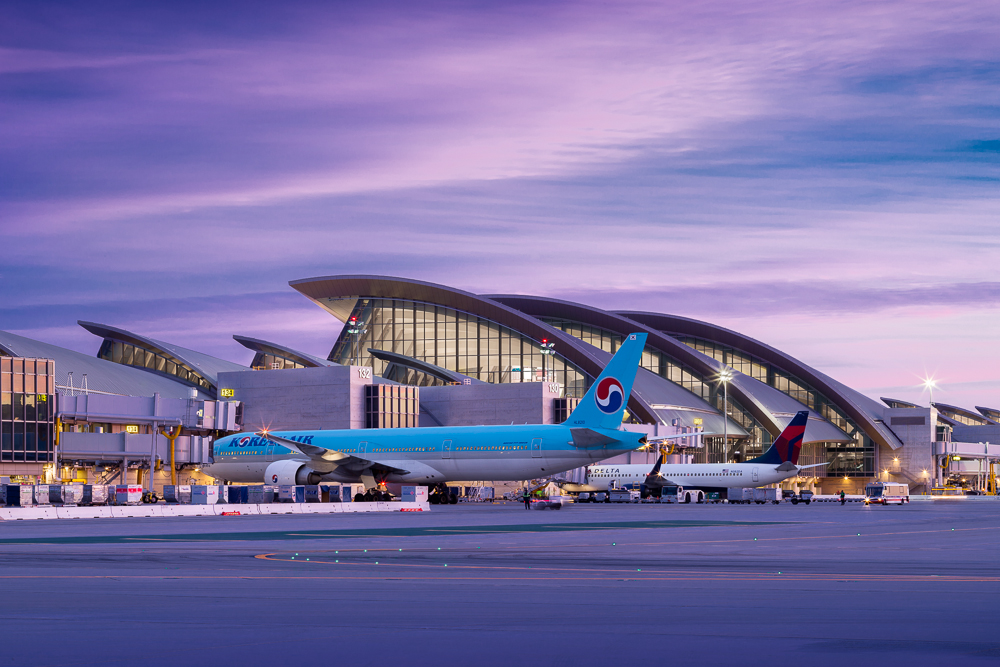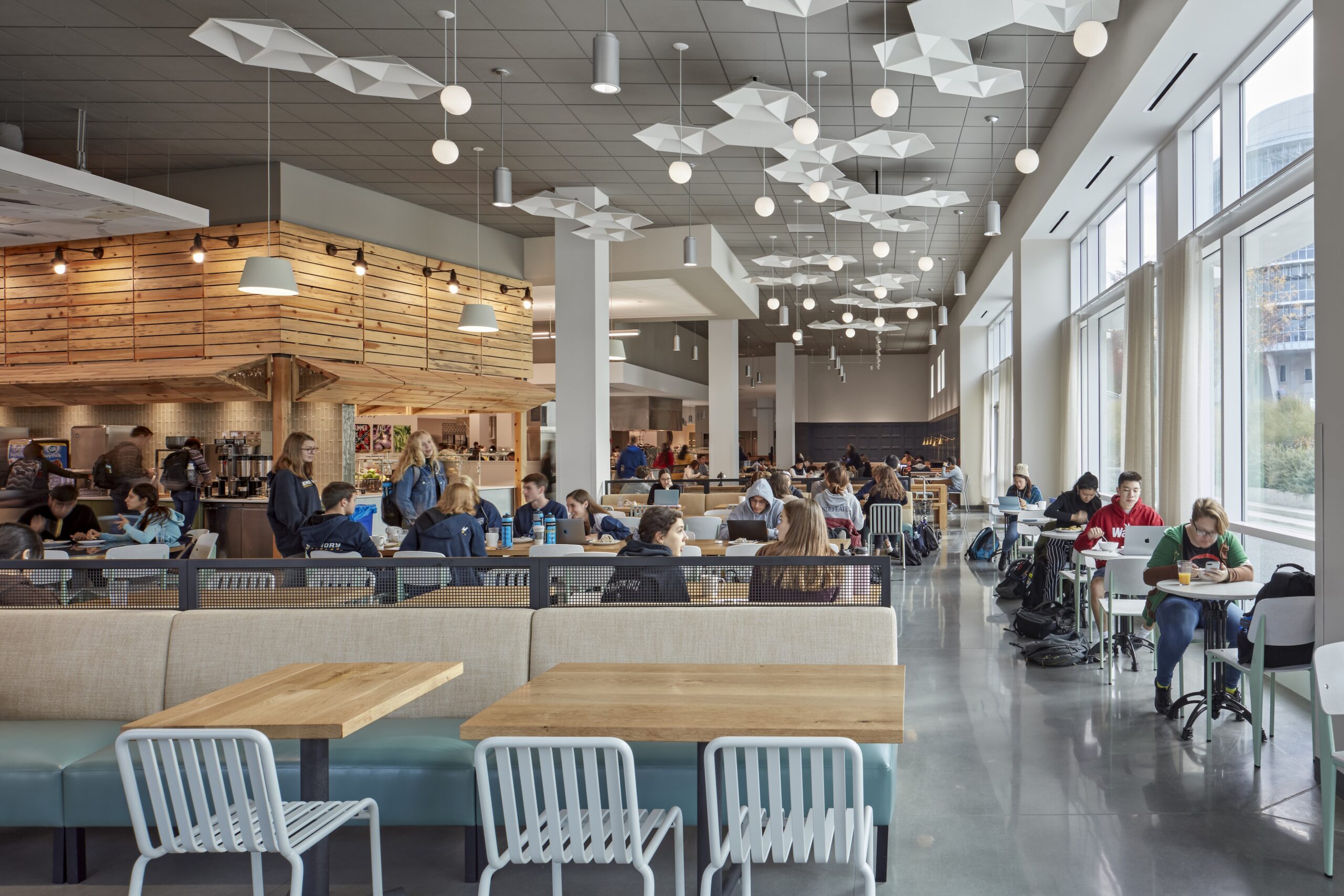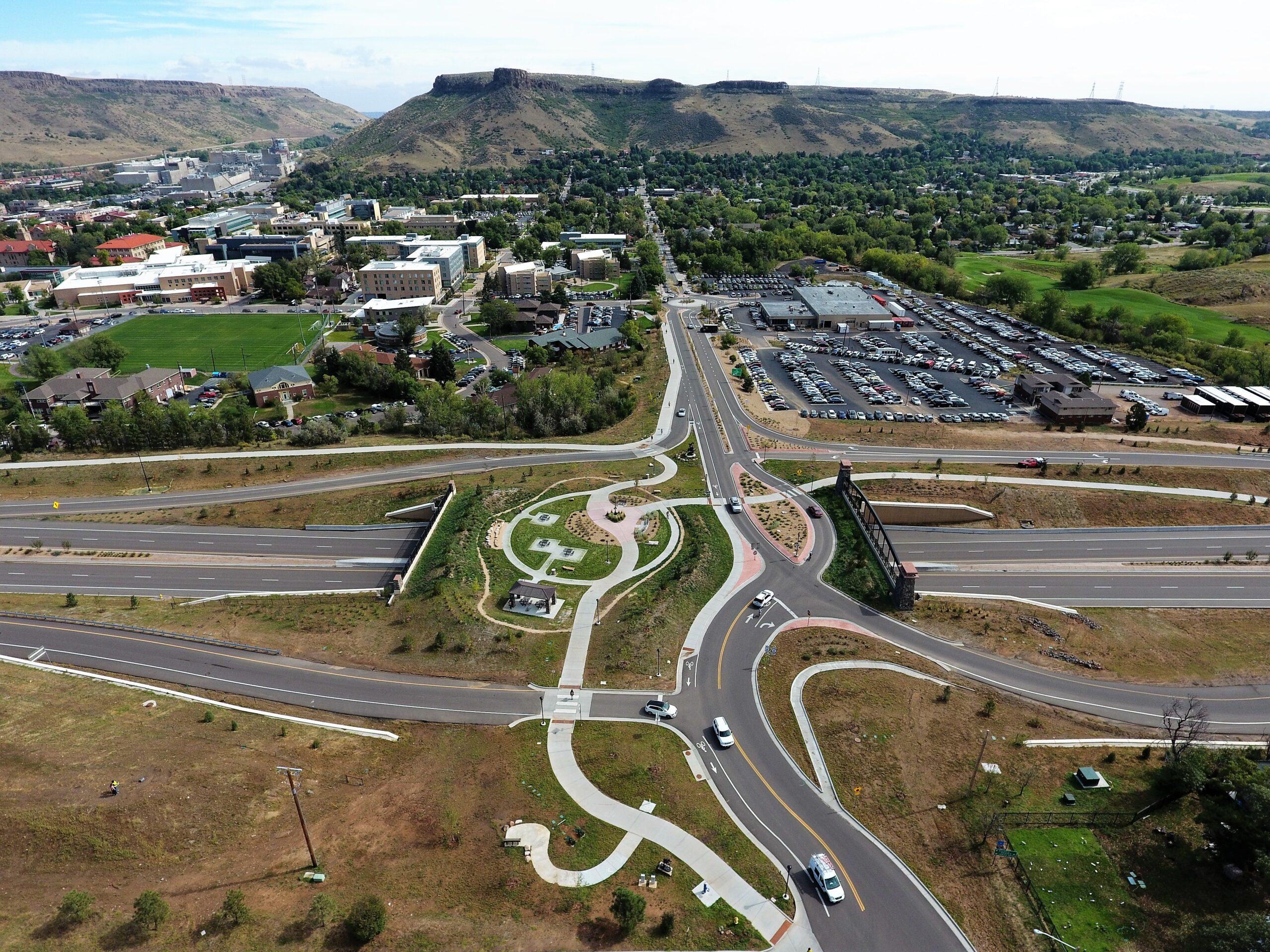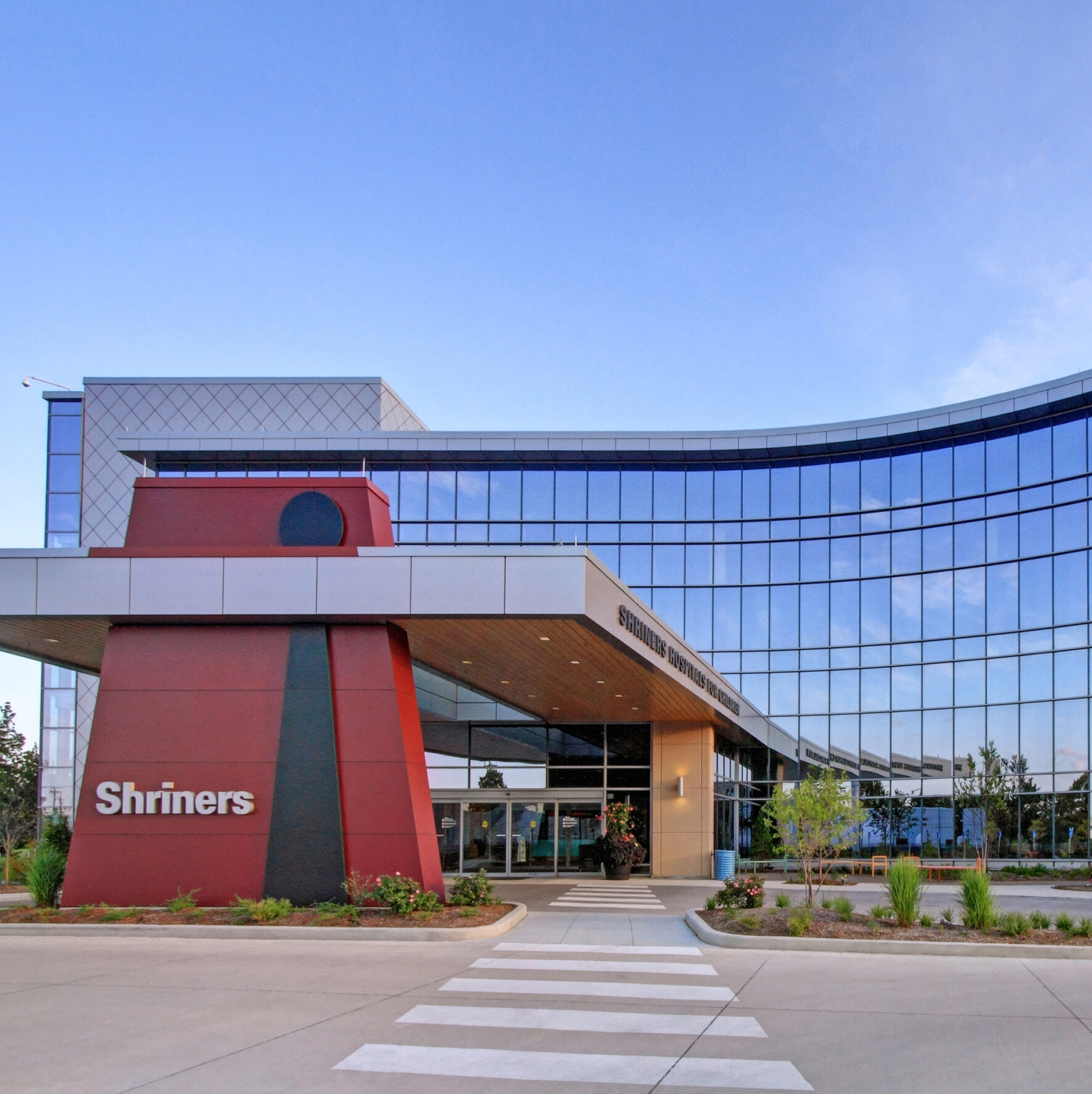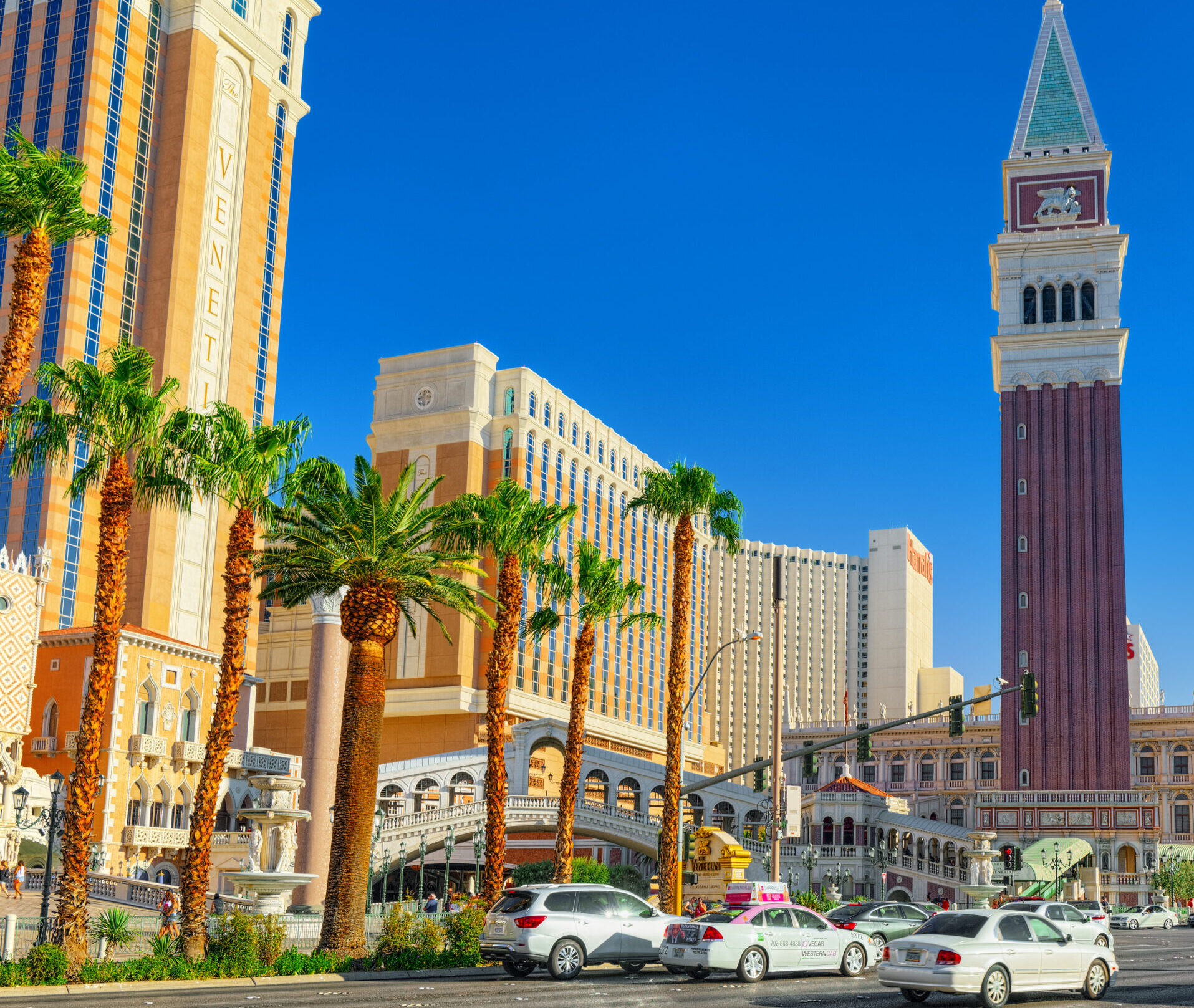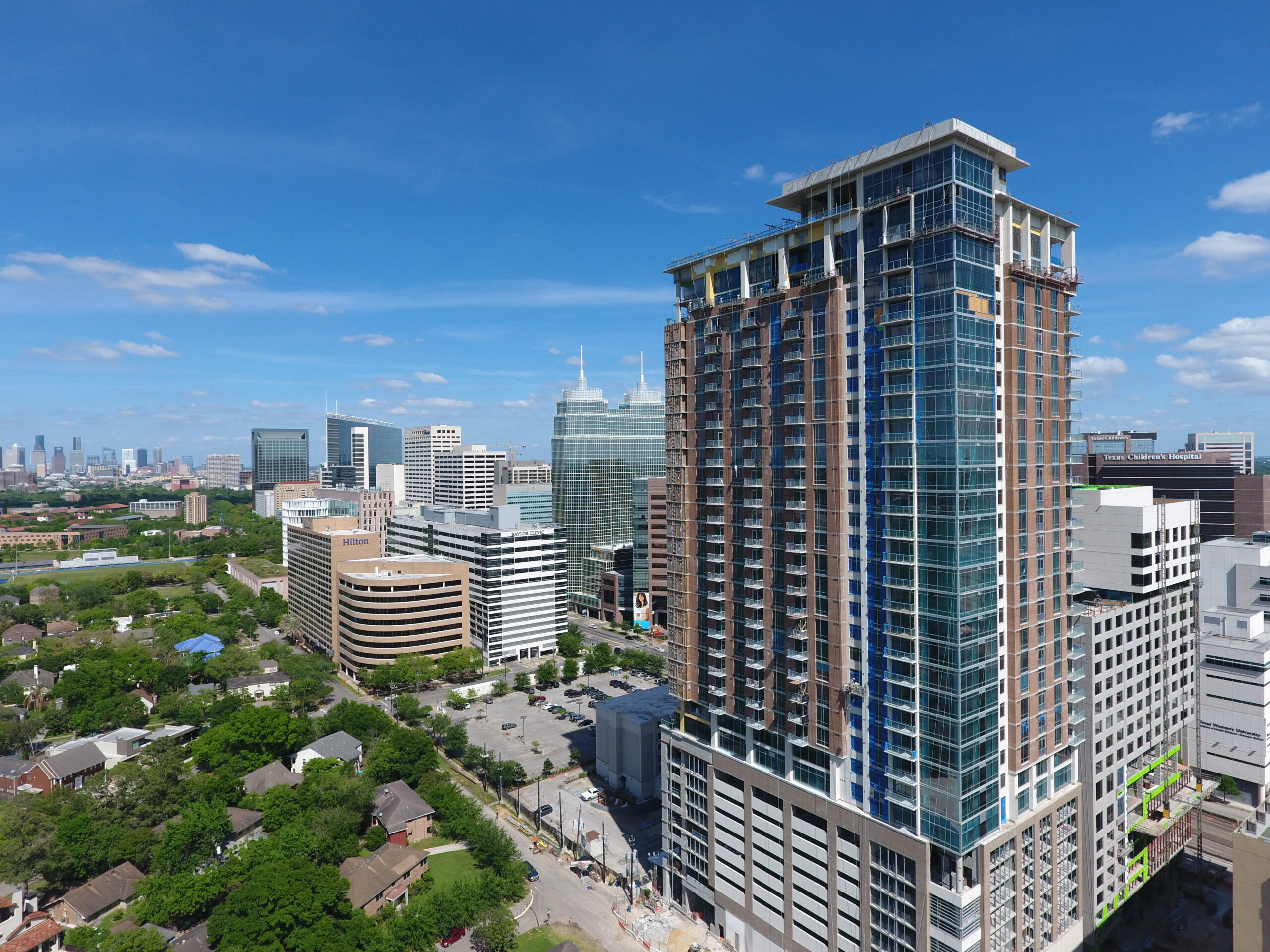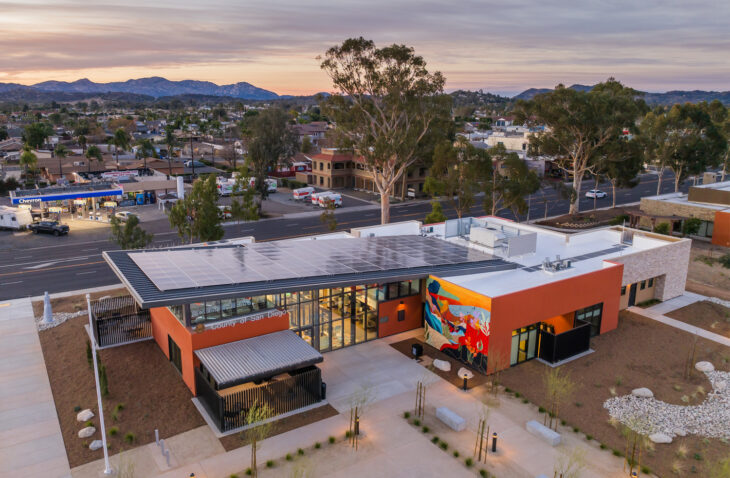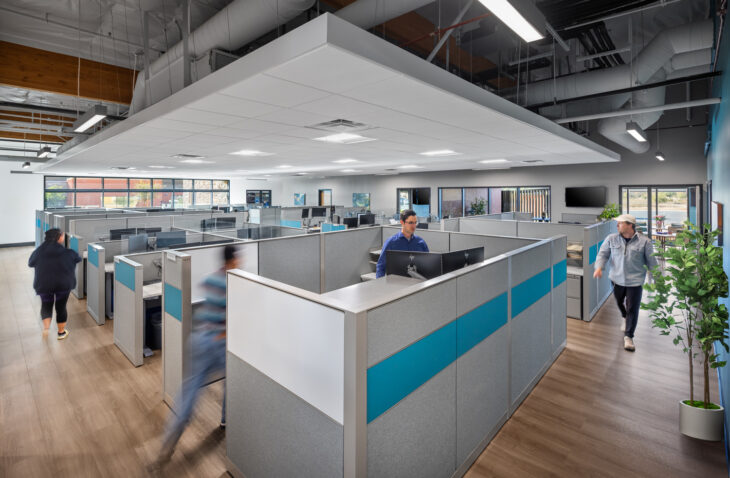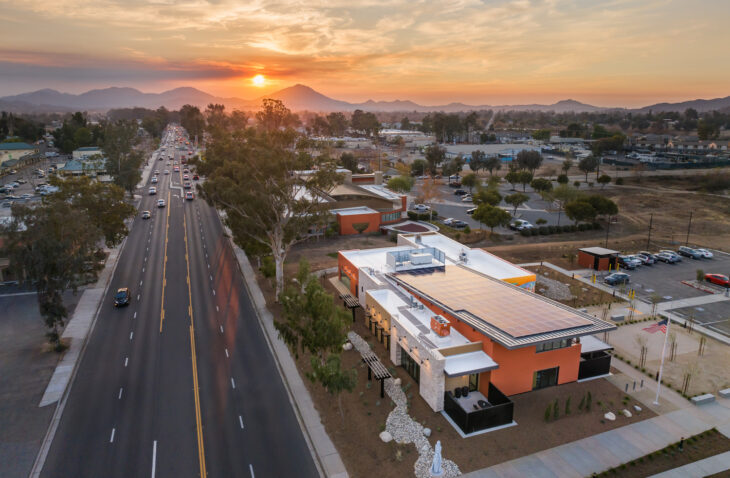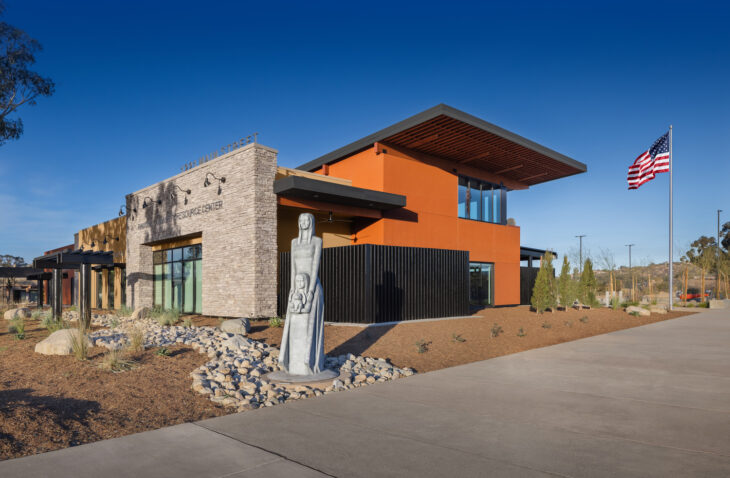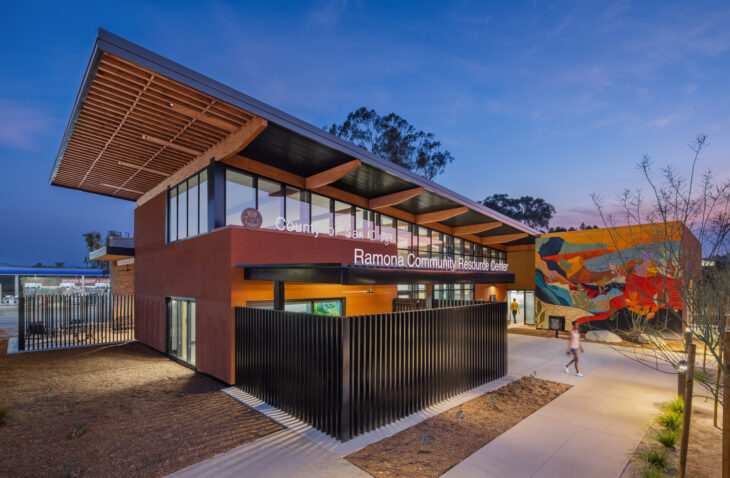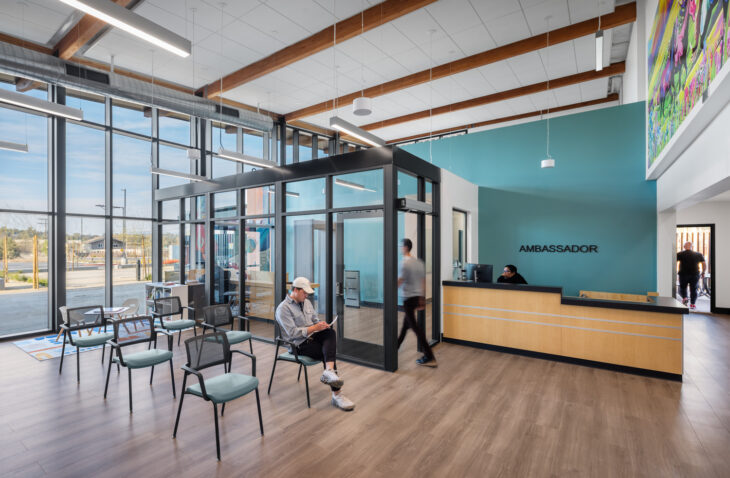New Community Resource Center
The project: A new community resource center that provides easy access to critical county services including behavioral health, public health, child welfare, self-sufficiency programs (CalFresh, Medi-Cal, CalWORKS), veteran support, and senior services.
The goal: Combine county services into a single location to eliminate traditional barriers to access—such as transportation and fragmented systems—by creating a centralized hub that streamlines support and enhances service coordination.
Design approach: The Design-Build delivery method used allowed the team to integrate process innovations to enhance quality, efficiency, and performance across all project phases. The team also used:
- Lean Principles such as co-location, shared digital models, and target value design for real-time decision making and problem solving, eliminating traditional silos
- Just-in-time delivery of long-lead materials and finishes through early procurement strategies to avoid supply chain disruptions
- BIM coordination for model-based clash detection and
field validation, real-time owner feedback, simulated constructability, and sequenced fieldwork
Sustainability features: Through the intentional use of low embodied carbon materials, on-site solar generation, and high-performance systems, the project meets LEED Gold, Net-Zero Energy, and low embodied carbon standards, while also promoting occupant wellness and environmental resilience. The all-electric building achieves an impressively low Energy Use Intensity (EUI) of 37—30% below the baseline.
Challenge: The site was previously a Caltrans maintenance yard that had unresolved issues from historic underground fuel storage tanks. Solution: The team developed a vapor intrusion mitigation system and long-term monitoring plan that satisfied agency requirements and protected future occupants.
Challenge: Federally protected trees and active migratory bird nests caused construction delays. Solution: The team implemented phasing and shifted schedules to protect and prioritize the natural environment.
The outcome: Through trauma-informed layouts, intuitive wayfinding, and outdoor spaces that promote wellness and connection, the design team provided an ADA-accessible and welcoming campus for the community. By reducing travel burdens and creating a dignified, efficient experience, the facility transforms how the public accesses care.
